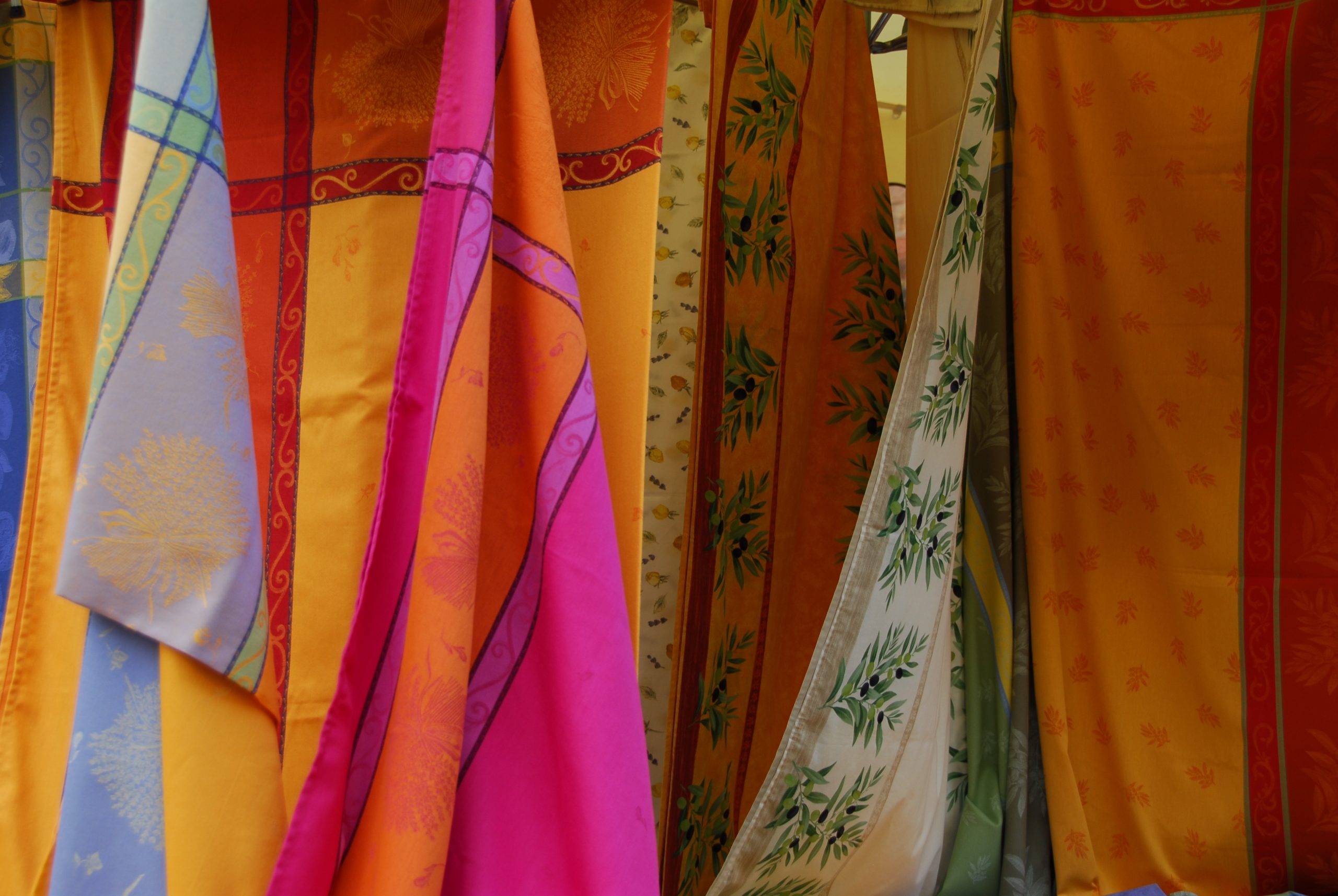Fashion is historically regarded as a gendered industry with women making up the majority of both consumers and producers. However, in the current climate of body positivity campaigns and protest clothing, there is an uncomfortable discrepancy between how fashion treats its workers and the way in which it claims to champion women’s rights.
Women are overwhelmingly fast fashion’s prime demographic. The likes of Primark and H&M churn out new women’s collections at an alarming rate, perpetuating the pressure that every event or photo opportunity requires a fresh outfit.
Unfortunately, this results in the serious undervaluing of the process and intense human labour required to make every ‘affordable’ garment, something brands hide behind their glossy advertising campaigns and slogan t-shirts reading “feminist.”
Currently, it would take a garment worker an estimated 4000 years to earn the same as what a CEO of a fashion brand might earn in just a year.
In Bangladesh, young women make up 85 per cent of garment workers, and in China the majority are girls aged 16 to 25. Reports have found that these women are subject to frequent violations of workers rights including forced unpaid overtime and physical harassment.
Oxfam Australia’s campaign What She Makes explicitly targets the garment production industry as a source of violation of women’s rights In February 2019, the campaign found that despite some provision of relatively safer working conditions following a 2013 factory collapse, 100 per cent of garment workers in Bangladesh continue to earn below the average living wage across Asia. They are barely able to earn enough money to provide for themselves and let alone the basic needs of their families.
Fashion has huge potential to be a source of empowerment for women. It can harness creativity and skills that people are willing to pay fairly for.
The recent establishment of the UN Alliance for Sustainable Fashion – which focuses on fashion as a tool for social and environmental transformation – goes to show that an industry so frequently dismissed as shallow and vacuous is, in fact, a key player in global change and sustainable development.
There is an abundance of cheap t-shirts on the high street embroidered with the “#girlpower,” but who are the girls behind the work? Is she free from exploitation? Does her pay reflect her skills? Is she able to enjoy the same rights as whoever chooses wear the top to the next Women’s March?
Feminism needs to be about recognising privilege and standing alongside those whose privileges are criminally limited.
Interested in fashion or not, everyone is a consumer of clothing. Reasserting control over our own consumptions of fast fashion is a means by which those who can afford a closet full of clothes can practice solidarity with those who struggle to afford the roof over their head.
Image:Fabio Coatti via Flickr

